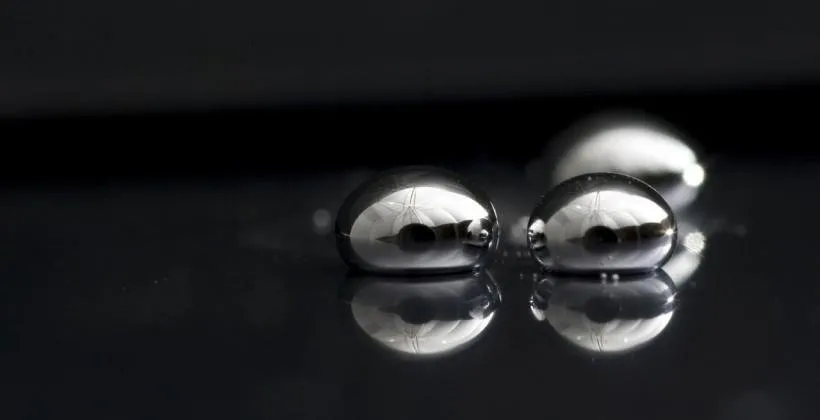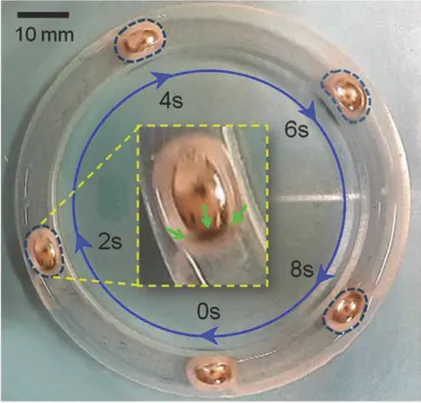
Who doesn't know him? The T-1000 from the movie Terminator 2? An autonomous AI robot that has become a nightmare, which is made of liquid metal. But maybe this, perhaps not the nightmare, but the liquid metal for usage, will soon become reality, because scientists from China have been working on research on a liquid metal for quite some time.
The researchers, led by Jing Liu of the Beijing Advanced Innovation Center for Biomedical Engineering and in collaboration with the Beijing Ley Lab of Cryo-Biomedical Engineering, have developed a kind of liquid metal that could be used in the future to produce robots that could change their shape, but not only.

This liquid metal consists of iron particles exposed to an alloy of gallium, indium and tin alloy. The gallium oxidizes in acid and creates a surface tension skin, which prevents the decay of the liquid metal and therefore this metal can also be deformed three-dimensionally with the aid of magnets and of course, it do not lose its characteristic to conduct electricity.
This artificially created mixture of the various chemical elements is called Galinstan and has its melting point at minus 19 degrees Celsius and is therefore liquid at room temperature. Initial experiments in sodium hydroxide solution or in salt water have shown that it is possible to move a drop of this liquid metal with aluminium for one hour. By adding a small piece of aluminium to the drops, the liquid metal was able to move forward on its own. A mechanism is responsible for this, which prevails due to the charge imbalance and the pressure difference between the front and back of the liquid metal droplet. By adding a piece of aluminium, the liquid metal droplet reacts, forming small hydrogen bubbles that drive the droplet forward.
According to the research study, in the future this liwuid metal could be used for the development of dynamic, versatile, intelligent and biomimetic soft robots. Of course, the fields of usage would be very broad and it could also be used everywhere from everyday utility equipment, medicine to space travel.
There will be a long way to go before we can develop an autonomous and shape-changing AI robot, but the idea behind it is no longer fiction, but since a few years science.

arXiv.org - researchGate
ACS Publications - Wiley Online Library
Images: 1, 2 --- Video: American Chemical Society


